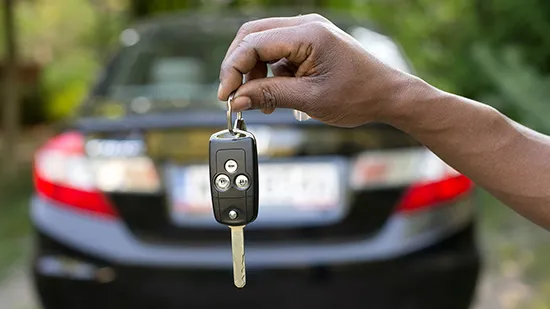Donating your car to a charity is an excellent way to support a good cause, especially when the proceeds benefit children or other underserved communities. If you’re new to the process, you may be wondering how it works. Fortunately, the car donation process is typically straightforward, with a few simple steps to follow. Below is a step-by-step guide to help you understand how car donations work.
1. Choose a Charity That Accepts Car Donations
The first step in donating your vehicle is selecting a reputable charity. Many organizations accept car donations, with some specifically focused on helping children, families in need, or causes like education, medical care, and more. It’s important to research the charity before making a donation to ensure that it’s a legitimate, IRS-approved nonprofit organization. Websites like GuideStar or Charity Navigator can help you verify a charity’s credentials and financial transparency.
2. Contact the Charity
Once you’ve chosen a charity, the next step is to reach out to them. Most car donation programs allow you to donate online via their website, or you can contact them by phone. During this initial contact, the charity will provide you with information on how to proceed and answer any questions you might have. Some organizations have dedicated donation hotlines, while others may offer online forms to make the process quicker and easier.
3. Schedule a Pickup
After confirming the donation, the charity will typically arrange a free vehicle pickup service. If your vehicle is running, you may need to provide information about the make, model, and condition of the car. If the car is no longer operational or in poor condition, don’t worry—most charities accept cars in any condition, including those that are not running. They will send a tow truck to pick up the vehicle at a time that works for you, often within a few days of scheduling.
4. Provide Ownership Documentation
Before your vehicle can be transferred to the charity, you’ll need to provide proof of ownership. Typically, this means signing over the title of the car. The charity will guide you on how to complete this step, as different states have different requirements for vehicle title transfers. If you don’t have the title, some organizations can still accept the vehicle, though you may need to provide additional documents, such as a registration or bill of sale. Be sure to ask the charity what specific paperwork is required.
5. Receive a Donation Receipt
Once the vehicle has been picked up, the charity will provide you with a donation receipt. This receipt is important because it will allow you to claim a tax deduction for your donation. The IRS requires that you keep this receipt when filing your taxes. The amount of your deduction will depend on the value of the car, which can be determined based on the sale price (if the car is sold) or its fair market value (if the car is used directly by the charity).
6. Vehicle is Sold or Used by the Charity
After your vehicle has been collected, the charity will either sell it at auction or use it to further its mission. If the vehicle is sold, the proceeds go toward funding the charity’s programs, such as providing medical care, education, or other services for children or families in need. In some cases, if the vehicle is in good working condition, the charity may use it directly for transportation needs, like taking children to medical appointments or educational programs.
7. Tax Deduction Process
The amount of your tax deduction depends on the vehicle’s final sale price (if sold) or its fair market value (if used directly by the charity). If the vehicle is sold for less than $500, you can generally claim the fair market value up to $500. If the vehicle sells for more than $500, you can deduct the actual sale price. The charity will send you a Form 1098-C, or another equivalent form, which provides information on the donation’s value and will be required for tax filing purposes.
8. Enjoy the Benefits of Giving Back
Beyond the tax deduction, donating your car provides an emotional sense of satisfaction, knowing that you’ve helped a worthy cause. Your donation may support children’s education, health programs, or emergency relief efforts. The positive impact you make through your donation can be long-lasting and provide children and families with the support they need to thrive.
Conclusion
The car donation process is simple, convenient, and rewarding. By following these basic steps—choosing a charity, scheduling a pickup, providing ownership documentation, and receiving a donation receipt—you can quickly and easily donate your car and make a meaningful difference. Whether your vehicle is running or not, donating your car provides valuable assistance to children and other individuals in need, and you can feel good about giving back while potentially receiving tax benefits in return.



